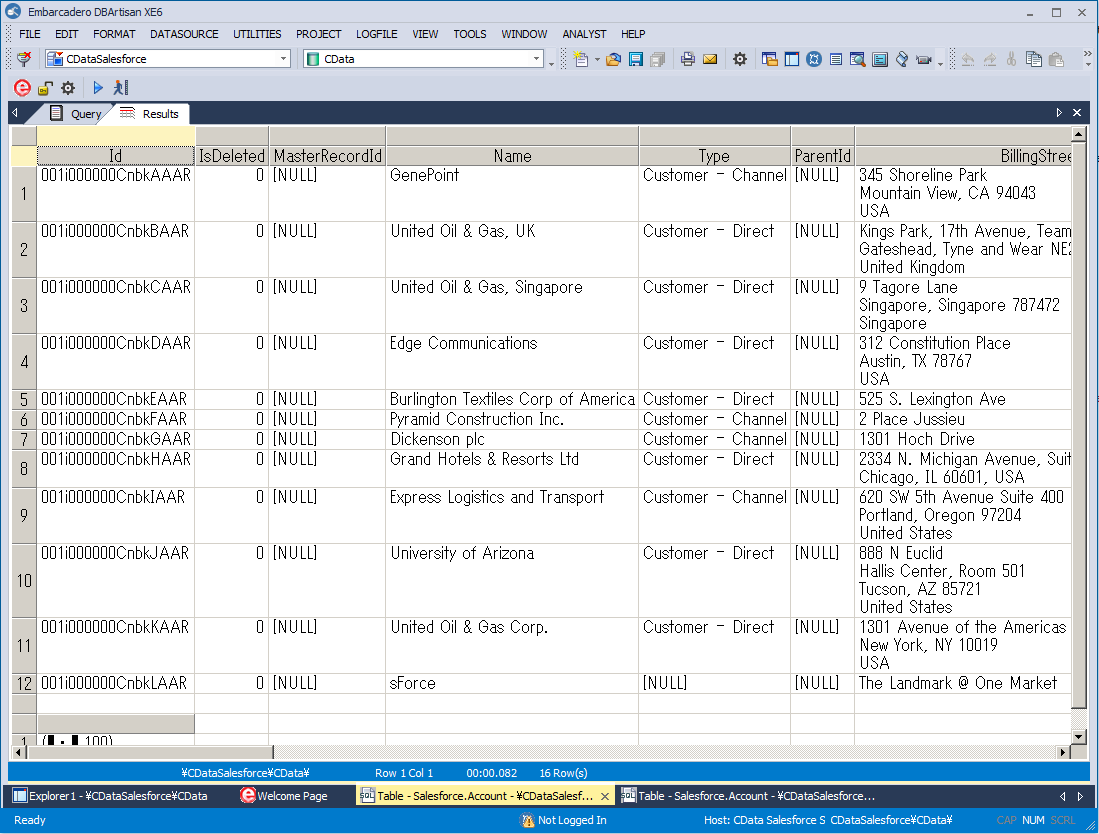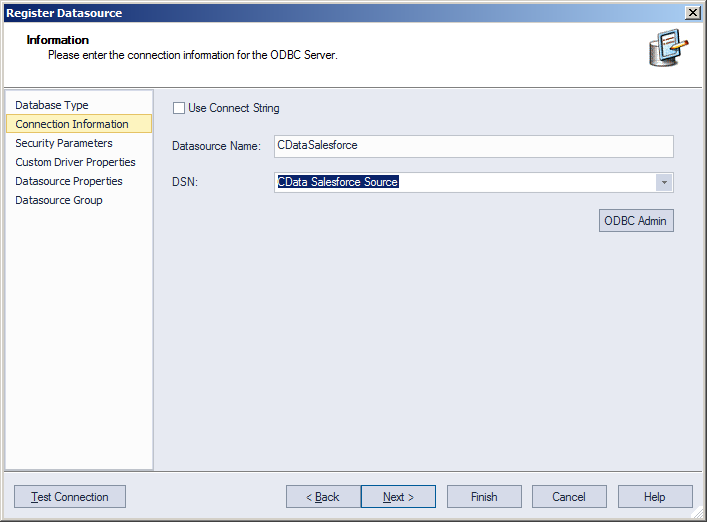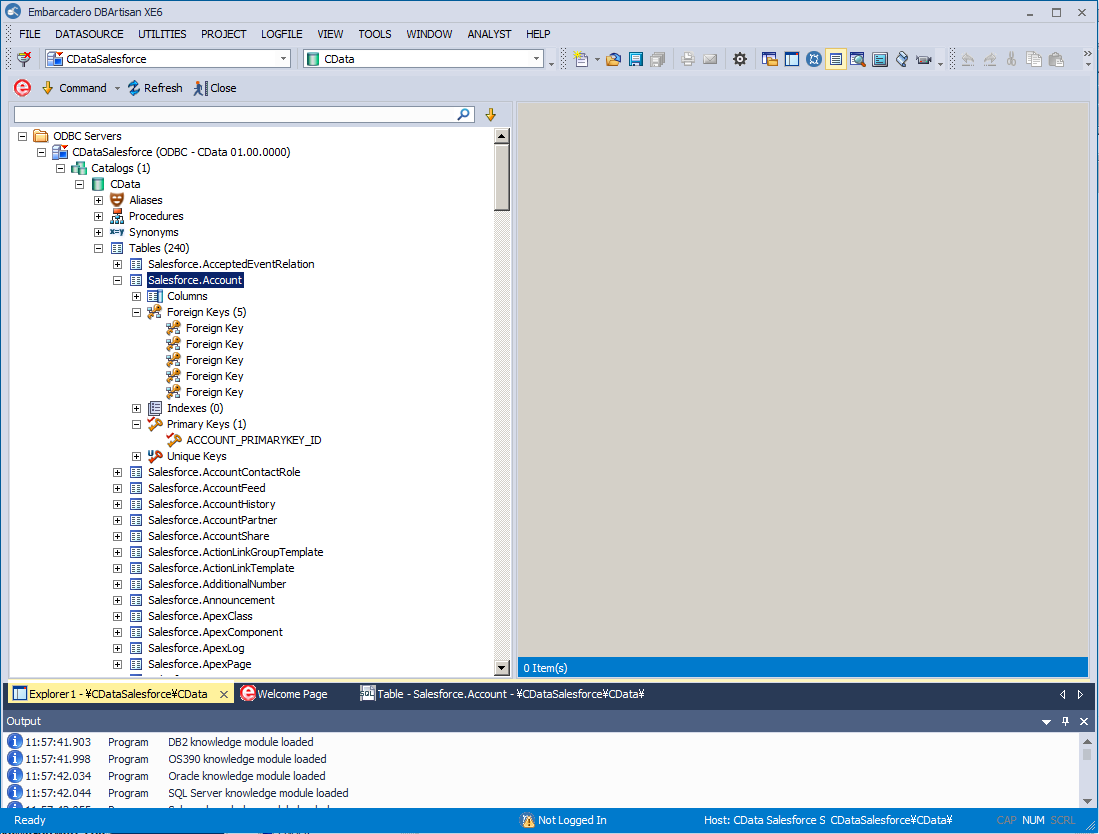Discover how a bimodal integration strategy can address the major data management challenges facing your organization today.
Get the Report →Connect to Bullhorn CRM Data in DBArtisan
Use wizards in DBArtisan to configure Bullhorn CRM data as a data source.
The CData ODBC Driver for Bullhorn CRM seamlessly integrates Bullhorn CRM data into database management tools like DBArtisan by enabling you to access Bullhorn CRM data as a database. This article shows how to create an data source for Bullhorn CRM in DBArtisan and execute queries. You can then edit data visually and execute standard SQL.
Integrate Bullhorn CRM Data into DBArtisan Projects
If you have not already, first specify connection properties in an ODBC DSN (data source name). This is the last step of the driver installation. You can use the Microsoft ODBC Data Source Administrator to create and configure ODBC DSNs.
Begin by providing your Bullhorn CRM account credentials in the following:
- DataCenterCode: Set this to the data center code which responds to your data center. Refer to the list of data-center-specific Bullhorn API URLs: https://bullhorn.github.io/Data-Center-URLs/
If you are uncertain about your data center code, codes like CLS2, CLS21, etc. are cluster IDs that are contained in a user's browser URL (address bar) once they are logged in.
Example: https://cls21.bullhornstaffing.com/BullhornSTAFFING/MainFrame.jsp?#no-ba... indicates that the logged in user is on CLS21.
Authenticating with OAuth
Bullhorn CRM uses the OAuth 2.0 authentication standard. To authenticate using OAuth, create and configure a custom OAuth app. See the Help documentation for more information.
You can then follow the steps below to register Bullhorn CRM data as a database instance in your project:
- In DBArtisan, click Data Source -> Register Datasource.
- Select Generic ODBC.
- Enter a name for the data source and select the DSN.
![The DSN of the data source to be registered. (Salesforce is shown.)]()
- Finish the wizard to connect to Bullhorn CRM data. Bullhorn CRM entities are displayed in the Datasource Explorer.
![The Datasource Explorer. (Salesforce is shown.)]()
You can now work with Bullhorn CRM data as you work with any other database. See the driver help documentation for more information on the queries supported by the Bullhorn CRM API.









